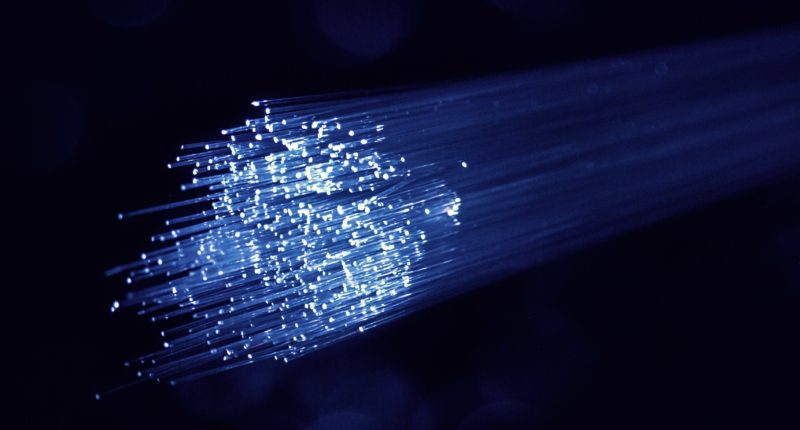Considering the amount of unrest caused by the emergence of 5G, it initially seems foolish looking forward to new cellular technologies. Companies such as Apple clearly didn’t get the memo, hiring 6G engineers as soon as they released their first iPhones with 5G compatibility. In truth, they made the correct decision. Despite the many conspiracies and misgivings surrounding 5G, they continue to usher along the development of mobile networking. 6G will be a positive force soon to come.
Consumer understanding of 5G is very limited. People often don’t get past the abbreviation. 5G stands for fifth generation, referencing a standard in cellular networking technology. Such nomenclature fails to convey much information and leads to a general lack of comprehension.
Education surrounding mobile technology must become more commonplace. Preparing for the launch of 6G, transparency will be pivotal in avoiding comparable combattance to what we’ve seen against fifth generation networks. Having transitioned from a commodity to a necessity, internet connectivity proves essential for development in the modern world. Letting ignorance impede its advancement would be an affront to progression. Acquainting individuals with the evolution leading up to 5G will make them less inclined to distrust it.
First generation mobile technology introduced analog wireless telecommunications to the public. The second generation ported this analog functionality to a digital application. Third generation networking pioneered streaming video and media. The fourth generation standardized broadband internet access and made phones resemble computers all the more.
All of these advancements have paved the way for 5G. It’s not some mysterious technology. It’s simply the next step in the natural progression of cellular networking. When looked at through a holistic lens, a lot of the unfamiliarity dissipates.
In layman’s terms, 5G is just an improved version of 4G, exhibiting faster speeds and less latency. This is largely facilitated by an increase in the number of local cellular towers. Over half a billion people have some level of 5G compatibility built into their mobile plans. It’s much more ordinary than how many antagonists portray it.
With 5G normalized, what can we expect about 6G? It is projected to provide internet speeds 10 times faster than 5G, reaching almost 100 gigabits per second. This will likely lead to technological advancements in smart clothing and virtual/augmented reality.
Historically, the United States has implemented a new generation of mobile networking every eight years since 3G in 2002. Experts predict that 6G will arrive around the year 2030, taking slightly longer to roll out.
Some countries already have internet access parallel to the estimates of 6G. As of 2022, the United Arab Emirates has the fastest mobile networking speed: a median of 135.6 megabits per second. Many residents have 6G-esque cellular. Similarly, NASA’s ESnet can reach up to 100 gigabits per second, completely rivaling that of 6G.
So buckle up because mobile internet access is going to get exponentially better over the next decade. We should all look forward to the increasing connectivity of our world. Don’t fear progression!






Comments are closed.